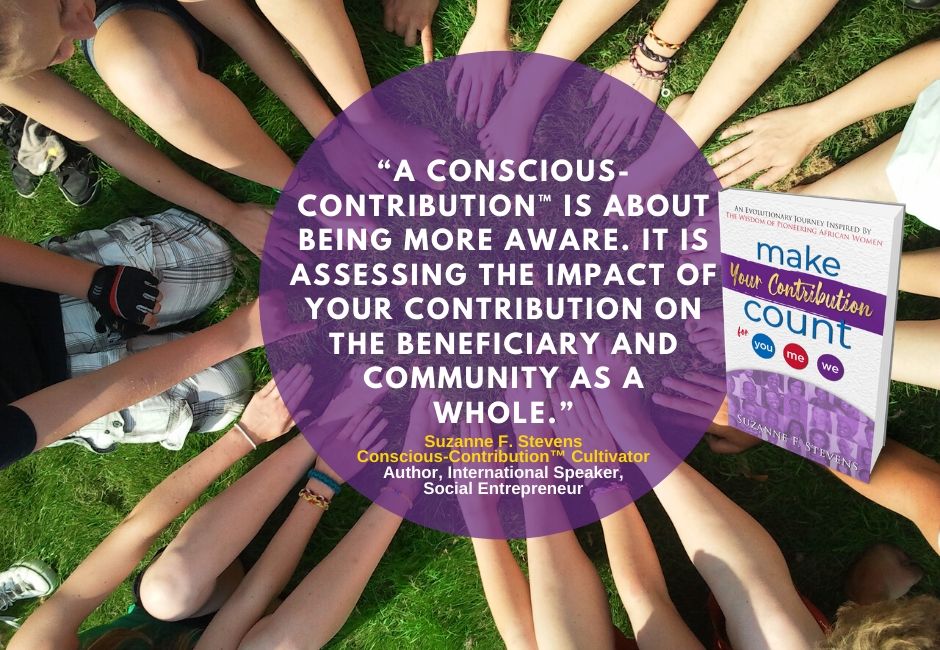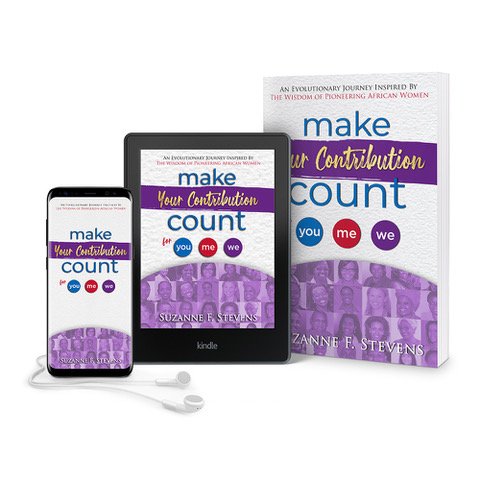Pre-pandemic, consumers demanded organizations take more responsibility to address social gaps. According to Nielsen Research, 40 to 55 percent of buyers in 60 countries, across generations, will pay more for a product or service if they know it is having a positive social or environmental impact. Cone Communication research shows that 9 out of 10 millennials would switch the brand they buy to support a particular cause.
During and post-pandemic, what was once a choice to answer the call is now a rallying cry to take a proactive role in our time’s social, economic, and environmental issues. With the increased acknowledgement that the vulnerable, marginalized, and unrepresented people have suffered the most during the pandemic, now is time to make your contributions count.
During and post-pandemic, what was once a choice to answer the call is now a rallying cry to take a proactive role in our time’s social, economic, and environmental issues. Click To Tweet

Contributions are not motivated by the adage: it’s better to give than receive, implying I feel better when I giveth. To address what the world needs, we must consider not how we feel but our social impact. Therefore, it would be more prudent to make conscious-contributions™. The conscious-contribution™ rule of thumb is that who, what, or where we contribute should be better off once we depart. Therefore, it is optimal to provide opportunity, not dependency, give a hand up, not a handout, focus on impacting you, not me. The conscious-contribution™ rule of thumb is that who, what, or where we contribute should be better off once we depart. Click To Tweet
Why leaders want to consider incorporate conscious-contributions™ now
By 2028, 75 percent of the workforce will be millennials, and of those, 76 percent consider a company’s social or environmental contribution before joining an organization. If employees find more meaning at work, they are more engaged and loyal to the organization (yes, it also needs to benefit me for sustainability). Result? Less employee turnover, less employee onboarding cost, more productivity.
Do you want less employee turnover, less employee onboarding cost, more productivity? Click To Tweet
Leaders have an opportunity to participate alongside colleagues on a project by outsourcing to an underserved community, conduct a literacy program, awareness campaign, or collecting soccer uniforms for children in need. Consciously contributing together allows for an opportunity to get to know colleagues personally. The enduring benefit is elevated trust, deeper rapport, and flowing communication—and that loyalty. The era of corporate social responsibility without employee engagement is going the way of the dodo bird.
Leaders have an opportunity to participate alongside colleagues to make their contribution count for them, the organization, and the community. Click To Tweet
To appeal to an employee’s cause, an organization may want to consider conscious-contribution™ circles, where a group of value-aligned colleagues connect to an issue and contribute collaboratively. Through interdepartmental contribution, silos will crumble, and bridges built to effective communications.
To appeal to an employee’s cause, an organization can create conscious-contribution™ circles, where a group of value-aligned colleagues connect to an issue and contribute collaboratively. Click To Tweet
So being better or different from competitors is not enough anymore. Being an organization that consciously contributes to society will attract, engage, and retain well-aligned customers, colleagues, and collaborators. Leaders will want to meet the call.

Join the YouMeWe Community, where women collaborate to lead social impact. Where we harness feminine power to empower you, your organization, and your community to flourish.
 You will gain more inspiration and insight during weWednedays. My book can be your guide – you can learn more here: https://store.youmewe.ca/
You will gain more inspiration and insight during weWednedays. My book can be your guide – you can learn more here: https://store.youmewe.ca/
Like, share, comment … spread the #YouMeWeMovement.
Until next time, make your contribution count for you • me •we.

The article was originally posted by %author_name% Originally posted on%post_title%
. This article originally posted on Source